|
Even by an incredibly low standard (30 ng/mL or 75nMol/L), 75% of teens and adults in America are woefully deficient in Vitamin D: https://www.scientificamerican.com/article/vitamin-d-deficiency-united-states/. Westerners aren’t healthy people, especially in the Northern Hemisphere this time of year. I’m always shocked when someone claims that an adult in America is “healthy.” We aren’t. We eat depleted food from depleted soil: https://www.scientificamerican.com/article/soil-depletion-and-nutrition-loss/ . We aren’t active: https://www.chicagotribune.com/lifestyles/health/ct-americans-inactive-computers-blame-20190423-story.html . We don’t get out in the sun; and, even when we do, we don’t have bodies which are healthy enough to synthesize all the necessary hormones which help us live, let alone thrive. No one is saying that Vit D is the cure; but our mismanaged health is certainly doing us no favors. And inadequate vitamin D is part of that equation.
The coronavirus exposes our unhealthiness in a way unlike few other contagions. Children are least affected. Aging populaces are most affected. Likewise, children have the rarest incidence of obesity, insulin resistance, and Vitamin D deficiency. Aging populations have the highest incidence. People with darker skin are more affected than people with lighter skin by coronavirus. Likewise, people with darker skin have higher propensity toward inadequate Vitamin D: https://academic.oup.com/jn/article/136/4/1126/4664238. Poorer communities are more affected than wealthier communities: https://time.com/5821212/coronavirus-low-income-communities/. Low income communities have lower Vitamin D levels: https://www.mayoclinicproceedings.org/article/S0025-6196(11)61465-1/fulltext. Whatever other string of associations you explore (latitude, cultural practice of vitamin supplementation, autoimmune compromised individuals, and EVERY health condition risk factor), Vitamin D crops up in the variables. Even when we start to examine outlier cases, like “healthy” people who succumbed to coronavirus, their actual underlying health is questionable. Remember, 75% of Americans are below a low standard. What percent are below optimal? We don’t even know, because we set the bar so low. What we do know is that up to 80% of athletes, including elites, are at insufficient levels of a Vitamin D: https://www.ncbi.nlm.nih.gov/pubmed/20818195. Keep in mind that we use Vitamin D for many processes in the body. Thus, athletes deplete it at a faster rate than the general populace. And endurance athletes in long training sessions deplete it more than anyone. We shouldn’t be surprised at athletes getting sick. We should expect it. These factors have led a variety of researchers to explore the association between Vitamin D status and Covid symptom severity: https://www.grassrootshealth.net/wp-content/uploads/2020/04/Grant-GRH-Covid-paper-2020.pdf. In preliminary findings and peer-reviewed results, there is a statistically significant correlation between Vitamin D status and severity of symptoms: https://www.grassrootshealth.net/blog/first-data-published-covid-19-severity-vitamin-d-levels/ (link for photo above). In an MDPI paper in Nutrients, authors made recommendations to take 10,000 ius of Vitamin D weeks ago: https://www.ncbi.nlm.nih.gov/pubmed/32252338. And the full-length paper describes the roles of other nutrients (including E) in the matrix of health and immune benefit: https://www.mdpi.com/2072-6643/12/4/1181/htm. TILDA, as well, noted that there are statistically significant connections between Vitamin D status and severity of respiratory infections: https://tilda.tcd.ie/publications/reports/pdf/Report_Covid19VitaminD.pdf. Is this the smoking gun? No. Health is complex. Vitamin D levels must coexist among other nutrients and variables. What we call health has incredibly intricate features. Stress management, purpose, sleep, recovery, inflammation don’t have one single factor or contributor. But Vitamin D is assuredly part of the equation, and paying attention to it is a very simple step for most people to take. We aren’t likely to get religion to transform health overnight. Tomorrow we'll know more. Today, at the very least, we can seek adequate levels of necessary nutrients.
0 Comments
The average woman in the US weighs 170lbs. I’ve been in the fitness industry for 16 years hearing skinny fat and obese woman say they don’t want to lift weights for fear of getting big. This woman (@ayshahaleyy_ ) is 140-something pounds and WARMING UP with 365 to 405lbs on deadlift (video here: https://www.instagram.com/p/B6R1ob5D9aJ/). She ends up pulling 465 for three.
You are living in a delusional fantasy world if you think you’re going to achieve function, athleticism, decrease in chronic conditions, or a worthwhile physique by avoiding heavy strength training. There is this high level concept in good coaching which basically can be summarized “lesser of two evils.” That is, there are times where a certain unproductive or counterproductive type of exercise appeals to someone. It doesn’t inherently or directly help. But it keeps the person plugged in. It "scratches an itch." And that itch-scratching keeps them plugged in. Staying plugged in probably bodes better than inactivity.
Think chronic long distance endurance training. Especially when stacked against strengthening and mobility, it’s at least wasteful as far as time and energy invested per unit of benefit gleaned. Does it shorten your life? Maybe. But if the person really enjoys it, it keeps him or her plugged in. And there’s an implicit and indirect benefit from that even when it’s inherently deleterious. So that’s cool that you want to scratch your itch. But acknowledge what’s going on; and stop indicating that people who don’t adopt your inefficient and possibly-harmful style are failing. People don't need to become runners if they don't want. People don't need to become cyclists if they don't want. People don't even need to get fitter if they don't want. And if they do want, they don't need to adopt YOUR style. Give me an elite endurance athlete; and I can run them through a very basic workout which will destroy them in less than 7 minutes. They scratch an itch. That’s all. And perhaps it’s beneficial for them in that it keeps them plugged in. This says nothing of inherent value. It says nothing of strength. It says nothing of power. It says nothing of mobility. It says nothing of balance. Yesterday a strategy coaching client showed up for his monthly coaching appointment. We review stress management, sleep patterns, career trajectory, workplace dynamics, and... yes, on occasion, we will do physical assessments and nutrition patterning. At our last two appointments we agreed that he would benefit from the camaraderie and frequency of training at a local group circuit training gym. Months ago, I had warned him that, if he didn’t at least train heavy structural lifts on his own once per week, circuit training CAN make you LESS FIT. He gave an "I understand" nod. Fast forward back to today, and we’re reviewing; and everything seems peachy. And he wondered if we could revisit technique on a fundamental lift (which they never perform at max effort at this circuit training place). HE. LOST. STRENGTH. And not a little. Try 110lbs. Now, does this render my recommendation on going there moot? I argue no. I knew it would happen. We traded optimal fitness for attainable execution. The place is serving its purpose. It scratches an itch. It gets him to move 5 days a week at least. He was floundering purely on his own. At least in the group circuits he's consistent, likely improving cardiovascular conditioning and muscular endurance. There is a danger here. People often don’t even know they're scratching an itch. They certainly don't know they will lose some physical capabilities while they become more consistent with others. Therefore, they don’t realize they're in a lesser of two evils. They just think it’s good; and the opposite was bad. Even worse is that other people won’t even scratch their own itch. They’re busy trying to assume the suboptimal program of someone else, some pontificator of scratchiness. Again, think chronic endurance training. These guys and gals are continuously preaching at the layperson that repetitive motion IS fitness. This is ubiquitous, by the way. Almost everyone I’ve ever done initial consult with leads the conversation with activities they dislike. “I know I’m supposed to do 45 minutes of cardio,” they’ll say. “I know you’re going to tell me to ________ ,” they’ll say. Nope. No. I am absolutely not going to tell you anything you’ve heard preached before. I’m just going to listen. And WE are going to DISCOVER (no telling) the balance between inherently optimal and scratching YOUR itch. There is a secondary or tertiary benefit to scratching an itch, as it creates a landscape of mini goal-setting, motivation, engagement, and so forth. The only thing potentially wrong with it is if you don’t know and you don’t acknowledge it. So, find your itch. Scratch it. AND realize what you're actually doing. In 1881 Louis Pasteur injected about 30 animals with a live/active strain of anthrax. Half died. Half survived. All of the animals which had been vaccinated previously were the survivors. The non-survivors had never been exposed to the weakened bacteria which Pasteur prepared for the other group.
In order to survive an all-out assault by one of the deadliest diseases, all these animals needed was some exposure to the battle yet to come. Life is like that. You won't become more prepared by avoiding anything which resembles the very real threats and challenges you'll inevitably face. Avoidance creates a false sense of resilience. It also creates a false historical narrative: "I've never been sick/stressed/challenged/setback/injured BEFORE ______ (fill in the blank with some non-causal but recent scapegoat here)." No. No. No. You were just training yourself to get weaker and weaker and weaker through avoidance; and the odds finally caught up with you. They always do. They always will. Be thankful for the extreme rare luck you had beforehand. And that's all it was. “But my knee never bothered me before,” they say. Uh huh. Did you train the knee to become better, or did you avoid training it to become better? Why the surprise? “Getting old sucks,” they say. Uh huh. Did you utilize the passage of time to become better? Or did you utilize the passage of time to avoid getting better? No surprise. “Getting old” is inert and just the passage of time. How did we utilize it? So we prepare. We get a taste of stress. We get a touch of pressure. We lift heavy weights now, so we can get up out of a chair in 50 years. We walk a little today, so we can walk a lot tomorrow. We fast a little today, so we can be tough in the face of no food some day. Many of the sufferings we endure today have nothing to do with recent events. Some are random. Many are from our own insistence on living too comfortably before, in our little bubbles, with too few challenges. A challenge comes, and we are underprepared or unprepared. Moreover, be mindful not to conflate the unrelated. Insurance isn't assurance. Infection isn't affliction. Preparedness isn't persistence. We reduce or amplify risk. We never eliminate it, nor do we guarantee success. Exposure prepares. Infection is succumbing to external antigens. We reduce (not eliminate) the risk of succumbing to powerful antigens by exposure to weak but related ones. We don’t reduce risk by becoming overwhelmed by affliction. Cancer is the proliferation of our own cells, ones with severe error due to long accumulated damage. You can't eliminate the risk of accumulated damage by accumulating too much damage on one day. Infection is analogous to sparring. Affliction is analogous to accumulated fighting injuries. Someone who's logged 10,000 hours of sparring practice improves his odds (not guarantees wins) in fights. Someone who has accumulated two broken legs, two broken arms, ACL tears, 47 concussions, has reduced his chances of winning (but still not guaranteed to lose). Prepare. Don’t simply persist. Embrace. Don’t simply avoid. There was one guy in particular I'd always sort of worried about. He "had it together," was very intelligent, acted tough, was a respected professional. And these types, I've found, are the frailest of frail. They're usually very successful, but always on the ledge.
He did train with two of my employees about 14 years ago. Other than that, I know of no other time in his whole life that he admitted wanting help from anyone. Long story short, a couple years ago he committed suicide. I seldom followed up with him, because his responses were so terse. It's a tough balancing act, because some people just don't understand another human genuinely caring about their wellbeing. Part of that cynicism is borne out of their own inability to care for others. He was one of those. Even the way he answered me on follow-up telephone calls were brittle, always suspecting that I was looking to get something out of the interaction. I wasn’t. In fact, as an immutable law, I will no longer coach personality types like this. I just worried about him. I built a habit in 2004 of simply making a call, sending a card, shooting an email to people I'd met along the journey. Many of them had worked with employees or peers of mine. Some were my own former clients. Some were just people I chatted with briefly once or twice. These aren’t sales calls. My calendar is too full, and with good, humble, reliable people. In the last 6 months I’ve turned away over 30 insistent requests. Just my two cents: but when I follow up with people and they admit to an injury, a struggle, a human experience, I always think, "this guy is gonna be alright". When I follow up with someone who is telling me how great they are, I know there's some deep pain (so deep it can't be shared). So, check in on people, just for the simple act of seeing how they're doing, and maybe providing an example to them that there are people who give a rip. I took this video (link here: https://www.instagram.com/p/B6LW9Trjmj5/) Fall of 2018, because around the time I did the marathon I began to notice that certain movements at which I’d typically felt pretty skilled were getting erratic. I don’t know if I’m to attribute this to the marathon, the practice runs, that I was a lot lighter than usual, or the fact that I was just incredibly run down that time of year (my dad was dying at the time; I was performing about 65 hours of coaching per week; and I did get shingles shortly after this).
Nevertheless, I took this video to see if visually I could confirm what I was feeling: namely, that I couldn’t control muscles well at the time. For the layperson, this may be difficult to spot; but most advanced coaches in my peer group will see it right away. Every single rep is different. Things should NOT be this way. Unfortunately, it is common that people are very disconnected from the back and posterior chain in general, such that control and activation and sensation is really clumsy. The order of sequence is all over the place. Synergists are sometimes in place and other times not. Granted, I was playing with my kids that day (they’re goofing off in the background); but I was actually quite focused at the time and STILL each rep is different. Too different. We all have asymmetries. This post isn’t about achieving an impossible symmetry in activation or development. Rather, what I want to call to your attention is the fact that even someone who studies this intently will be thrown off by emotion and physical run down. How much more so for the unskilled lifter? Don’t mindlessly blast through your sets all the time. Strength skill is a devotion, not a checklist. Try to connect as best you can with contracting the proper structures and in the proper sequences. And when you aren’t sure, film it, and/or hire a coach. Ever hear this sentiment? The body will degrade if you don’t actively work to improve it.
Pain syndromes are complex. Sometimes we can advocate for people in our lives to ask for a different statin or a reduced dosage, and pain decreases or vanishes. Other medications, likewise, create long-term patterns of irritation. Notably and ironically, anti-inflammatory medications reduce the body’s capacity to strengthen and create stability (this is the mechanism of the drug, and a non-controversial scientific fact), disrupting the repair at joint sites and muscle growth. Thus, people who trend toward pain tend toward pain as an additional consequence of their efforts to reduce risk markers or even to ameliorate pain itself. There are costs to any foreign agents we bring into the body. Some are known. Some are unintended consequences. Regardless, because pain is tricky, it’s not a fantastic indicator or contra-indicator for activity. Even for advanced osteoarthritis, the guidelines of many authoritative organizations INCLUDE maximal strength training at up to 85% of absolute max intensity. In fact, what I’ve noticed on average is that people whose pain is fundamentally derived from the deterioration of their bodies have a precisely linear inverse relationship between their needs and their tolerances. Even though restoring the body requires skeletal muscle contraction and overload, compromised people tend to increasingly avoid effective intensities. They actually seek activities which rapidly accelerate the deterioration. That is, frail people need to lift heavy weights or high resistance machine-based training; but they generally just do aquarobics and yoga modalities which amplify the trend of weakness. Pain gets worse. They scratch their heads. Static stretches traumatize and destabilize tissue and joints, during which people release endorphins though actively weakening and damaging themselves. Doing resistance training confronts them with their weakness and requires “unpleasant” effort. The very thing they “feel” helps is hurting, and the thing they “feel” hurts is helping. They trade acute relief for long-term suffering instead of acute suffering for long-term relief. Lots of medications can be like that. Watch out. A lot of certification is a racket, a money making scheme to line the pockets of organizations. When you start looking into the $500 to $5000 you’ll spend per cert or workshop, you get cynical. So practitioners find the first specialty which wows them and stick with that for the rest of their careers. Dollars to recertify alone discourage people from going broad in their training.
And there are good reasons to avoid certain licensures: some nutritional standards/ therapy standards are at odds with contemporary science. You have to wade through a bunch of incorrect BS, answer questions on an exam you know aren’t true, in order to obtain titles. AND on-the-job experience is mostly superior. Realities in clients, mentees, and students turn conventional wisdom in textbooks on its head. BUT, there is a problem with staying inside your own echo chamber. I can’t even find most of my workshop certificates, awards, endorsements, and accreditation. I have hundreds, filed away in old gym bags and folders and some are in a trash heap somewhere. Did I agree with every presenter? Did I agree with every “correct” answer on a test? Absolutely not. But there’s still value. There’s still the expansion of my worldview. IN FACT, I learn a lot by seeing how undereducated certain voices of authority in health and fitness are. The NASM-CES misses facets of generalized pain syndrome. At a major kettlebell organization, their master educators don’t understand anthropometry. Looking to see if I could sit for the Dietitian exam, I learned the NDA has archaic guidelines. I just aced the CSCS, but found they don’t know sprint physics, their dietary recommendations are wild, and the NSCA and NASM insist on using disparate language for program design, stages of change, even tactic and reasoning behind a deload, taper, unload. I am sympathetic to the coaches with zero credentials or just one or two. When you have protocols which work well, why fix what ain’t broke? Why spend money on people who are wrong? Just keep in mind that you can build a lot of mental horsepower ESPECIALLY when going through training with which you disagree. Don't conflate the two. When people wrong you, it's their fault. It's your responsibility in how you will deal with that wrong. When a friend backstabs you, a partner cheats you, a boss mistreats you, and/or a system oppresses you, it's their FAULT. It's not their responsibility to create healing within you. It's your responsibility to figure out how you will react, respond, grow, or face that challenge.
Carrying the idea in your heart that others should make everything alright will only disempower you. It's your responsibility to make it right in your heart, your mind, your life, even though the pain wasn't your fault. Like the photo above, you didn't build the bridge. Other people broke the board. But YOU make the choice of whether you cross the bridge and, if you decide to do so, how you will do it. That peace is yours to figure out how to achieve. No one else can give it to you. When you're carrying the burden of emotional pain, it's your responsibility to put down that weight and let it go. It's on you. No one can reach into your heart and revise the past. People can help with current tasks or future work; however, no one except you can take the baggage off your psychological shoulders. That's why vengeance doesn't work. Justice may or may not be served. Forgiveness lightens the load. This is something I talk about with coaching clients quite a bit. Coincidentally, a couple years ago, I saw a friend of mine, Donna Kregel, post a Will Smith video about exactly this same topic. Spookily, I had already written this message into my alarm before seeing the video. Apparently, the divine or the universe was trying to teach people this. If you get a chance, look up the Will Smith video, since he probably does a better job than I can. In the meantime, remind yourself that fault isn’t responsibility. Witness perhaps the greatest physical feat EVER performed, by @mohamed_ehab_youssef , thanks to @atginsta . Volume 🎼 UP (video here: https://www.instagram.com/p/B5-0J3gjAI6/).
A 170-something pound man tears over 380lbs off the ground, assumes a non-traditional “lie back” on second pull, breaks feet off the ground, and nails the catch in a depth most cirque du soleil performers can’t do with NO weight in hand. Then, nonchalantly he stands it up like a warmup. The speed, power, control, agility, mobility, coordination, and strength-to-bodyweight showcased in this one effort makes all historical performances by all elite Crossfitters look quaint. Moreover, it’s a sobering moment of comparison when thinking about how much convincing it takes to get average people to just maintain the capacity to walk up a flight of stairs or strengthen ANYTHING. This performance is beyond impressive. But it’s also performed by a human. This is what the human body can do. With a few minutes per week, we can become better. There’s no need to opt in to lose all physical capacity. |
Elev8 Wellness
|
LIVE. AWESOME.We offer the highest quality in personal fitness, nutrition, and mindset coaching, helping you achieve your fitness, health, wellness and performance goals no matter the obstacle. With virtual online training and private, in-studio training we make it easier to reach your wellness goals safely.
No more can't. No more not good enough. If you compete in a sport, let your mind no longer hold you back from being the greatest. If you don't, let your mind no longer hold you back from being the best version of you that you can be. Sign-up for a Tour Covid Screen Waiver Elev8 Waiver Become an Elev8 Instructor Space Rental |
6244 lyndale ave. s., minneapolis, mn 55423
|
© 2021 Elev8 Wellness LLC. All Rights Reserved. site map | contribute | SITE BY Sproute Creative

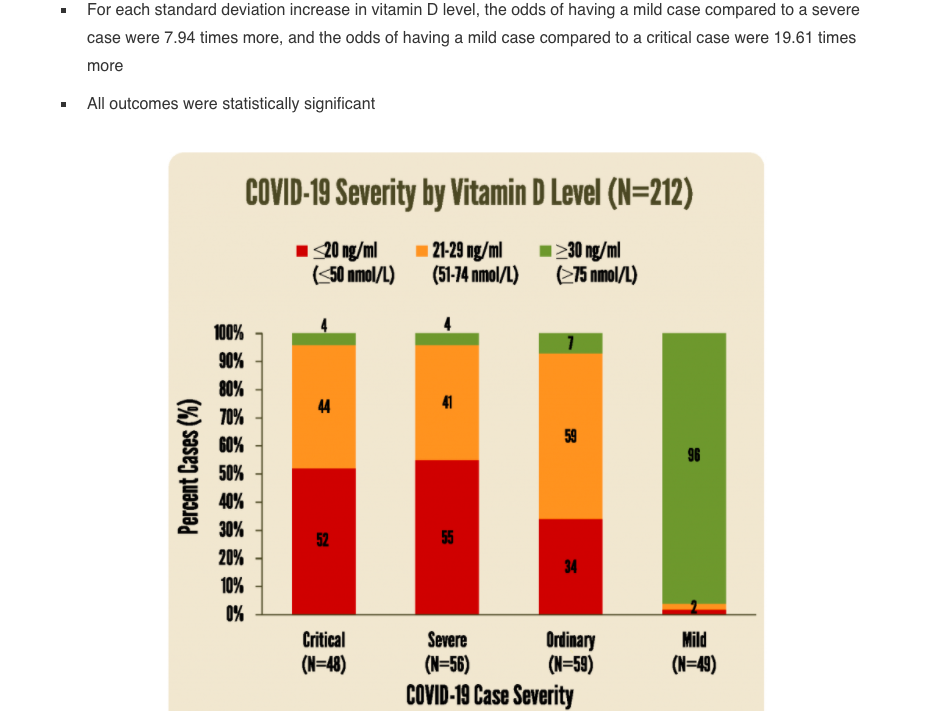


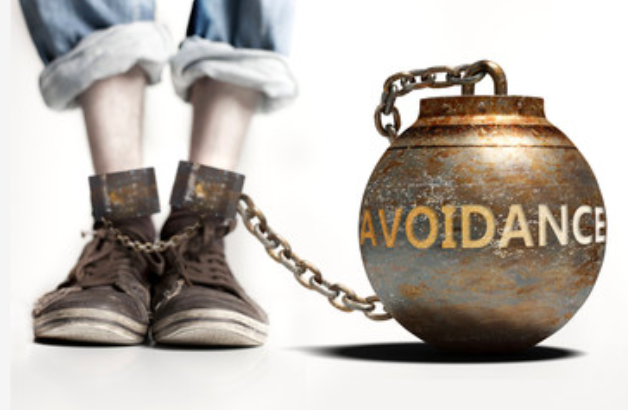
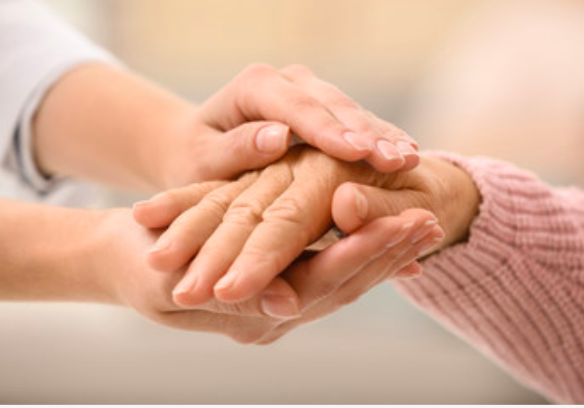
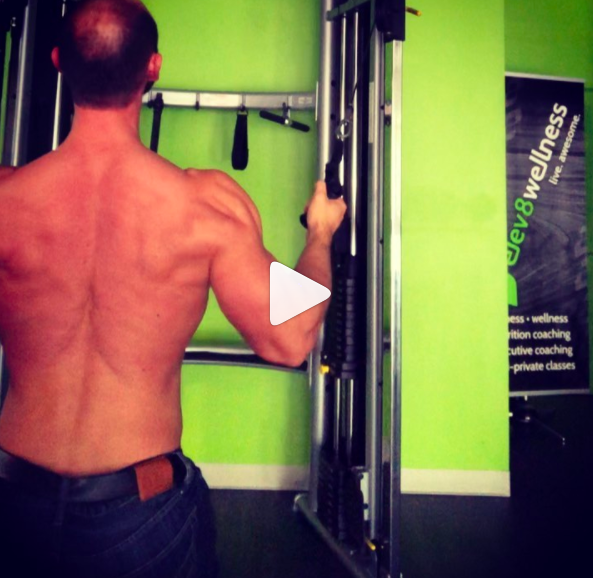
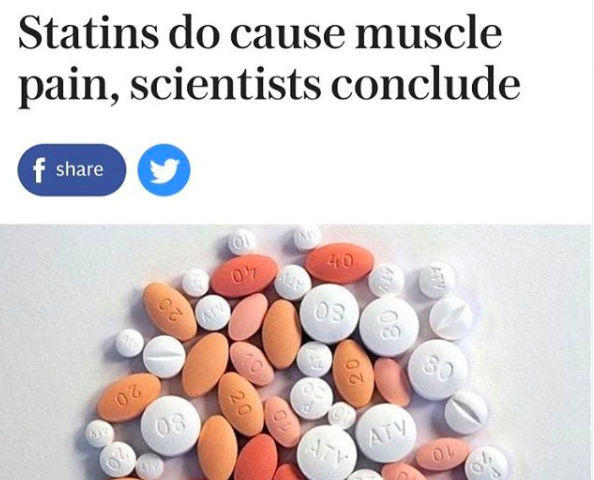
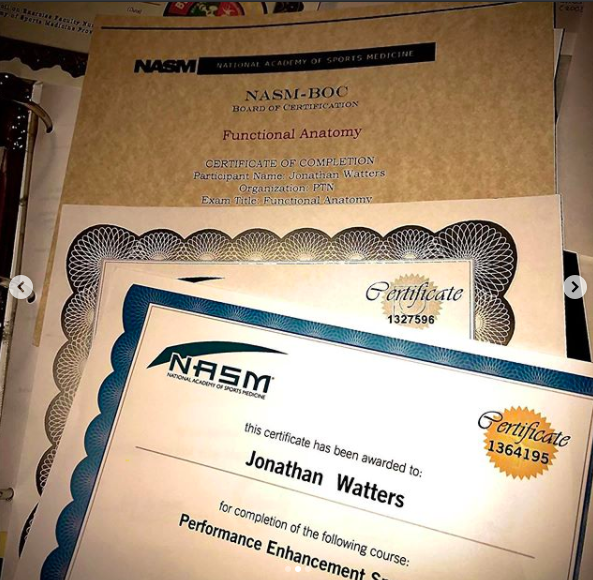
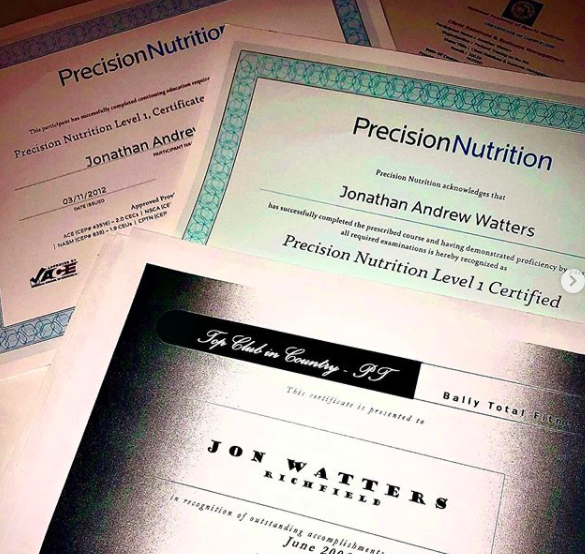
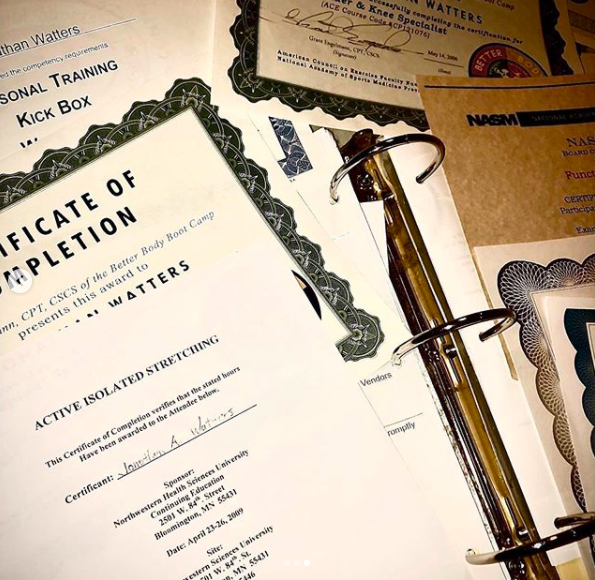

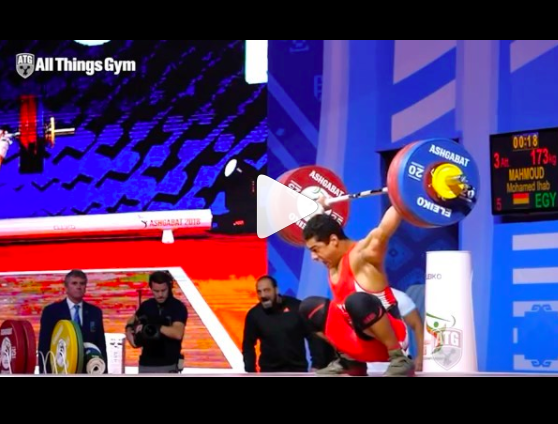
 RSS Feed
RSS Feed
